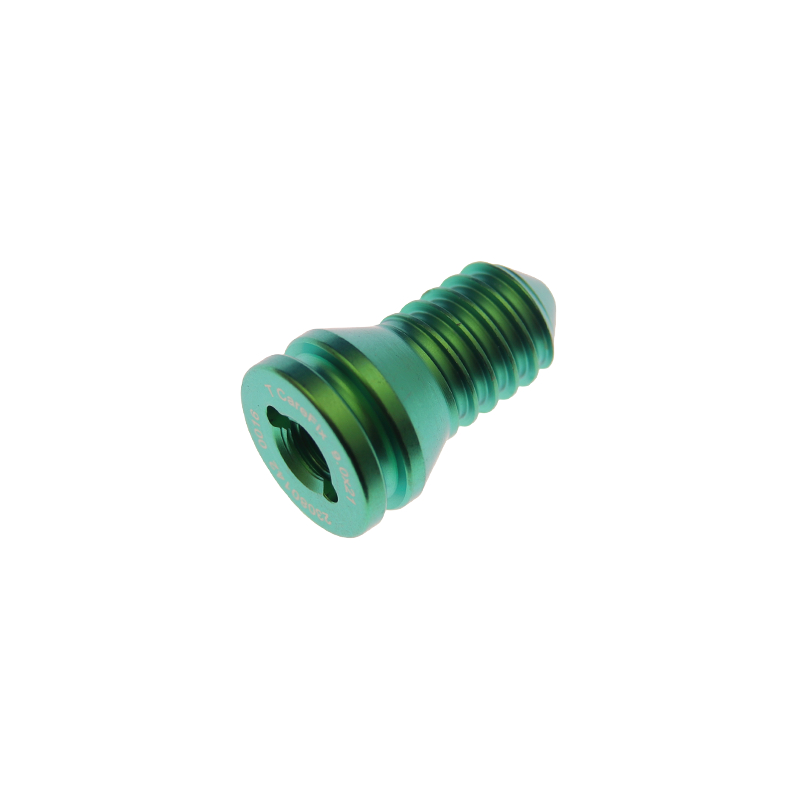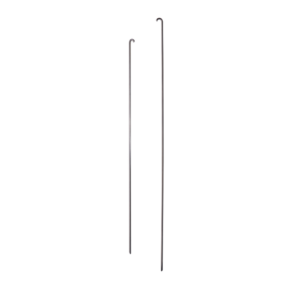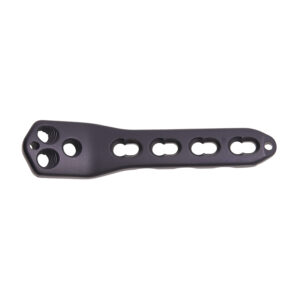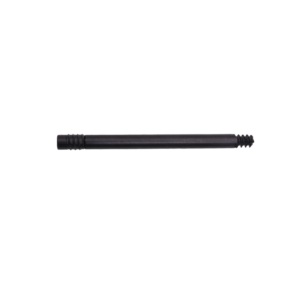Sự miêu tả
Subtalar Screw
Q&MỘT
Q1: What is the primary indication for Subtalar Screw?
A1: It is indicated for the treatment of flatfoot (pes planus) and hindfoot valgus deformity by providing stabilization to the subtalar joint. It also addresses subtalar joint dislocation or instability.
Q2: Who is eligible to use this device?
A2: The device is suitable for adults, children, and adolescents, regardless of gender. However, it should be used with caution in individuals who are significantly overweight (obese), as excessive body weight may impact treatment efficacy or safety.
Q3: Are there any specific patient restrictions?
A3: While there are no absolute restrictions based on age or gender, clinicians should exercise caution when considering its use in obese patients. A thorough evaluation of individual anatomical and physiological factors is recommended prior to implantation.
Q4: How does the device address subtalar joint issues?
A4: It works by stabilizing the subtalar joint, thereby correcting misalignments such as flatfoot and hindfoot valgus, while also restoring stability in cases of joint dislocation or instability.
Q5: Is this device equally effective for pediatric and adult populations?
A5: Yes, it is designed for both pediatric and adult patients. However, surgical planning and device selection should account for age-related anatomical differences and growth considerations in younger populations.




